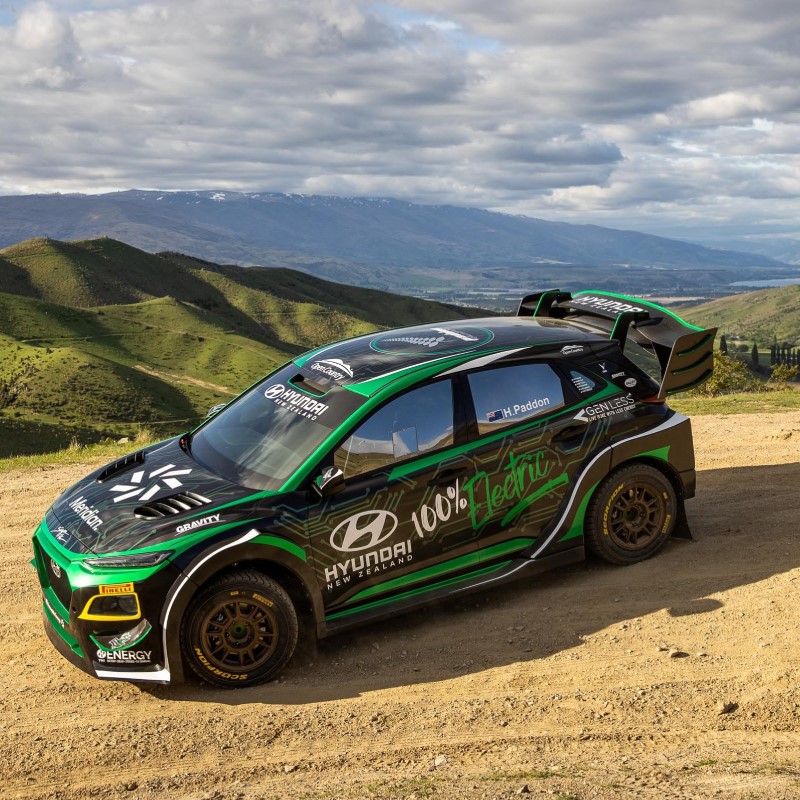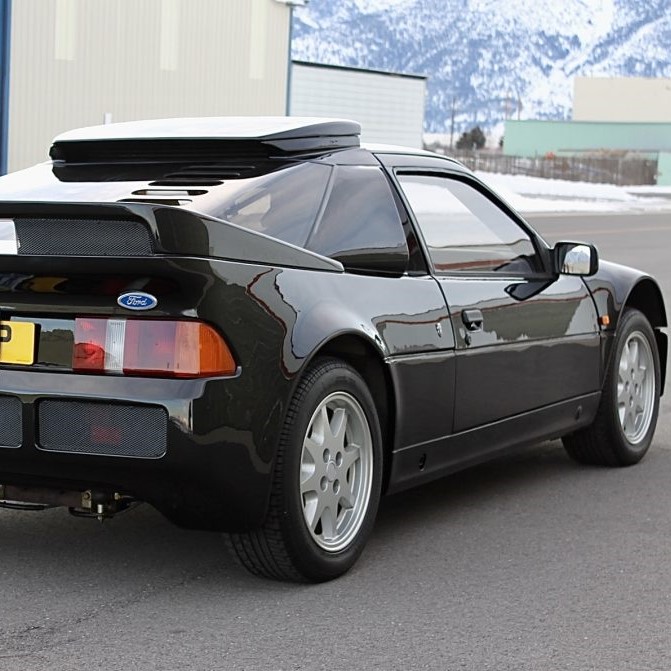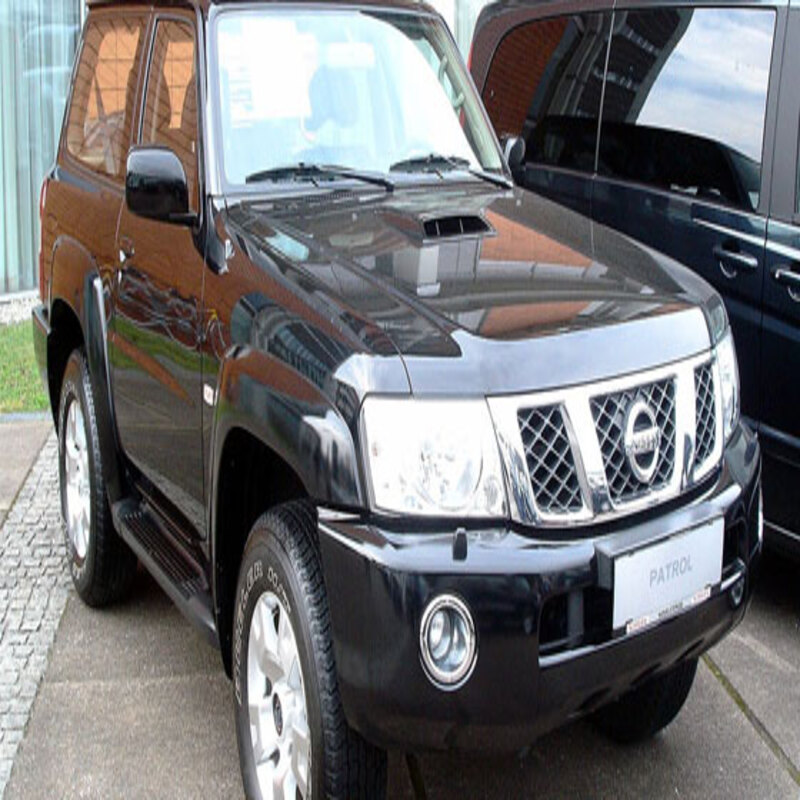Since its inception in 1978, the brutal Paris-Dakar Rally earned a reputation as motorsport’s most demanding endurance challenge. Covering thousands of miles across punishing terrain, this rally became the ultimate test of determination and machine preparation. Let’s examine what makes the Paris-Dakar so relentlessly challenging.
The Paris Dakar Rally Conquering the African Frontier
The Paris-Dakar Rally founded with the ambitious mission of crossing the vast wilderness between Western Europe and West Africa. The route traversed the treacherous Sahara desert and remote parts of the Dark Continent by any means necessary.

Racers departed Paris and immediately faced the intimidating Sahara. Thousands of miles of dunes, rocks, and navigational challenges awaited. Along the way, competitors passed through African villages providing fleeting respites of civilization before plunging back into the wild.
The Paris Dakar Rally Punishing Terrain and Environment
What made the Paris-Dakar a feat of endured punishment was the sheer diversity of harsh conditions along the route. Competitors transverse seemingly every terrain and climate imaginable.

Soft sand dunes demanded expert throttle and wheel control. Jagged rocks pummeled suspensions mercilessly. Mud bogs immobilized ill-prepared vehicles. Blinding storms limited visibility to nothing. Each day brought new environmental challenges to overcome.
Battle of Machine and Willpower
The Paris-Dakar quickly became known as the most grueling test of man and machine in motorsport. Vehicles needed robust construction and preparation to withstand the pounding of full-throttle desert running day after day.
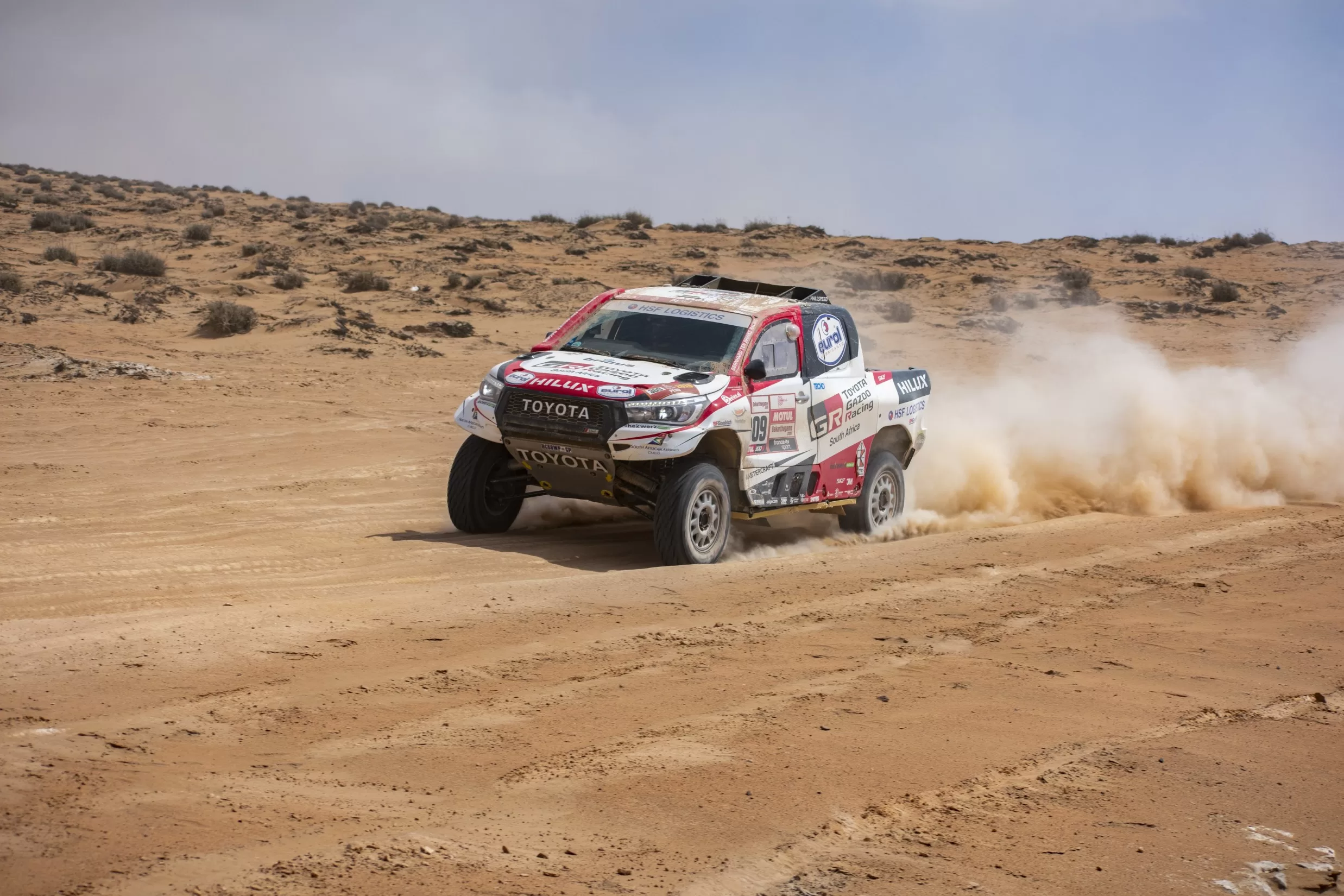
Equally important was the mental and physical stamina of competitors. Exhaustion from punishing stages had to be overcome daily. Rally crews pushed themselves to their absolute limits in unforgiving conditions. The Paris-Dakar quickly broke any unprepared.
The Original Adventure Rally
Part of the Paris-Dakar’s appeal was romanticism about crossing the great African frontier. The route traversed regions never before visited by Europeans. It represented adventure travel at its most raw and extreme.

Racers became explorers plunging into the unknown and escaping civilization’s comforts. Danger and risk harkened back to the first rallies run at the beginning of the 20th century. The Paris-Dakar revived motorsport’s adventurous spirit.
Manufacturer Proving Ground
Major automakers soon recognized the Paris-Dakar as the ultimate proving ground for showcasing vehicle durability and performance engineering. Dominating results proved a brand’s capabilities worldwide.
Automakers like Land Rover, Peugeot, Porsche, Mercedes-Benz and Mitsubishi devoted extensive development resources into crafting bespoke Paris-Dakar contenders. Victory at this brutally demanding event became the absolute pinnacle achievement.
The Paris Dakar Rally Crowned by Tragedy
The deadly 1986 event marked a turning point. Participant vehicles were ill-prepared for a grueling compressed route chosen under political pressures. Racers became stranded in the desert amidst sandstorms. Several deaths resulted, calling the future into question.
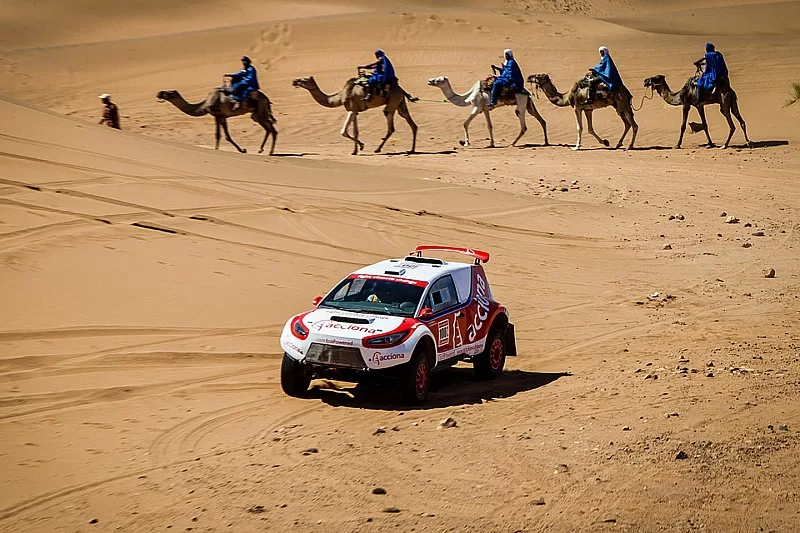
Nonetheless, the rally persisted thanks to new safety measures. Vehicles were required to contain adequate survival and communications gear in case disaster struck again. But the ’86 tragedy forever underscored the Paris-Dakar’s fundamentally high stakes.
Dakar Rally – A New Era
Ongoing concerns eventually forced cancellation of the rally across North African routes in 2008. However, organizers continued the following year by launching the Dakar Rally based solely in South America.

This successor event generally followed the Paris-Dakar formula through Argentina and Chile. While lacking Africa’s majesty, the fresh routes still delivered formidable terrain and extreme climate challenges for competitors to master.
Broadened Modern Appeal
As the Dakar Rally became an established institution, participation expanded beyond automakers to amateur and private entrants. Bikes, ATVs, trucks, and other vehicle classes provided new competitions.

Improved safety reduced fatality rates and enabled newcomers to participate while honoring the spirit. While still highly treacherous, the modern Dakar Rally became more welcoming to those seeking adventure versus outright victory.
Dakar’s Lasting Legacy
By persisting through tragedy and route changes, the Dakar secured its status as the pinnacle achievement in off-road endurance racing. Simply finishing this rally stands as a badge of honor proving vehicle mastery and personal perseverance.

Half a century since its inception, this extraordinary motorsport event endures by continually testing the human spirit and engineering capabilities beyond assumed limits. For off-road devotees, the Dakar remains the final frontier.


